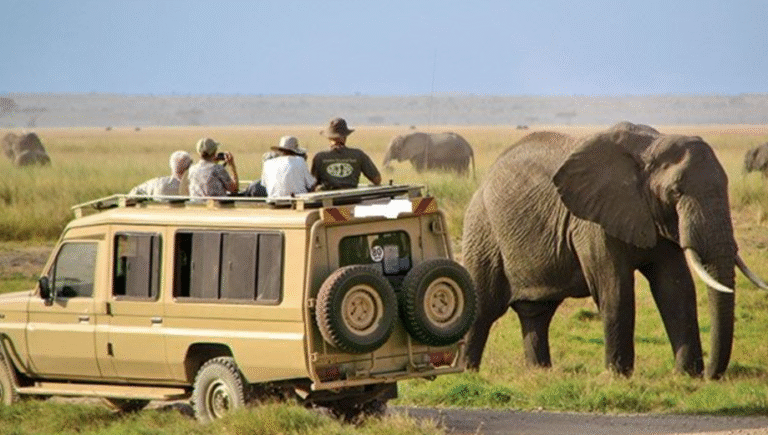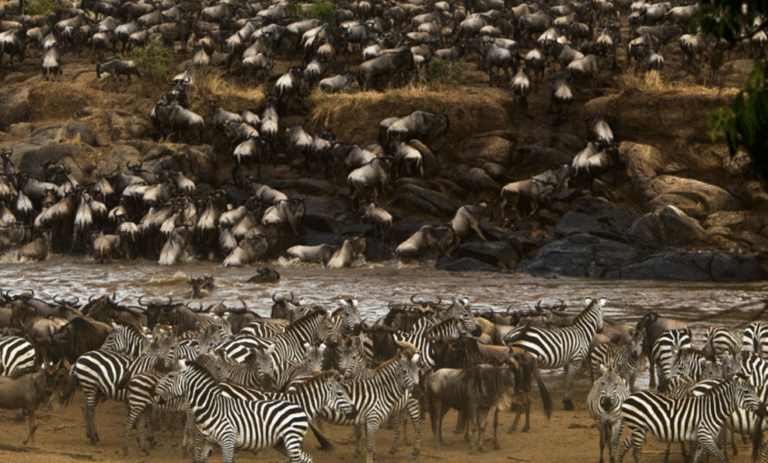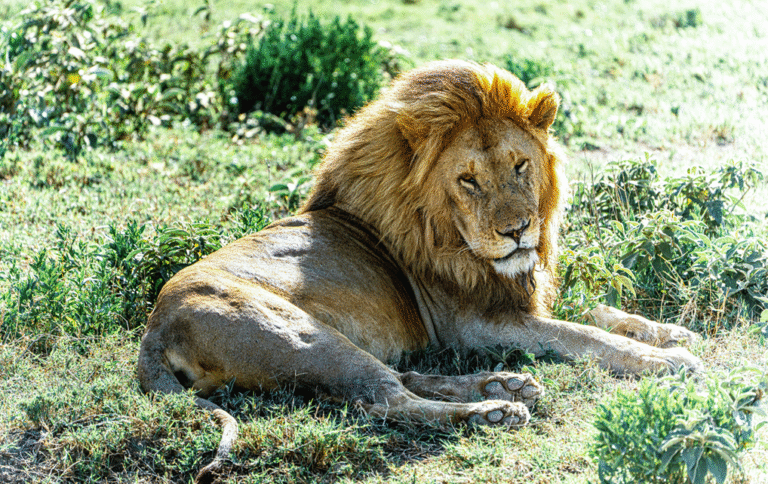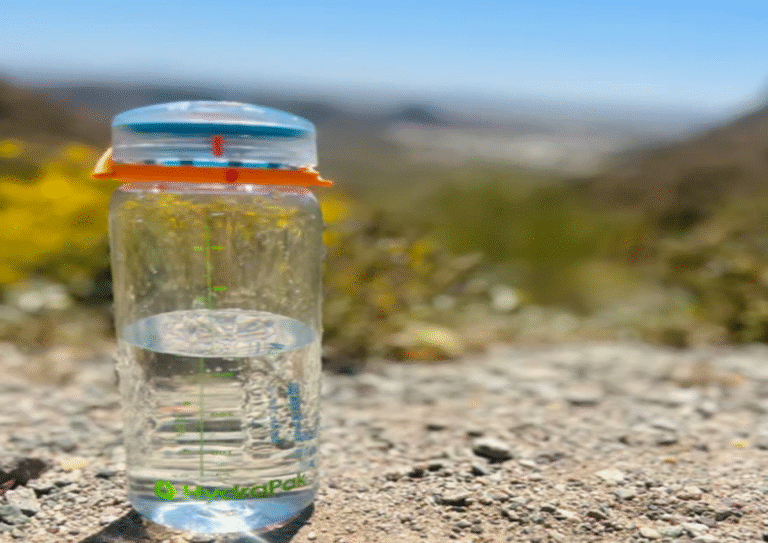
Preparing physically for trekking is crucial. Trekking is a physically demanding activity. It involves long hours of walking on rough terrain. The stronger your physical fitness, the smoother your journey will be. Let’s look at how to prepare for trekking.
Understanding the Demands of Trekking

Trekking can be challenging. It tests your endurance, strength, and flexibility. Trekking, unlike a normal walk, is typically done over difficult terrain. It needs endurance, agility, and muscular strength.
Build Endurance
Endurance is key for trekking. The longer the trek, the more endurance you need. Begin with shorter walks or excursions, gradually increasing the distance. Walking on flat surfaces is good for beginners. As you progress, add elevation to build endurance. A mix of cardio exercises will also help. Running, cycling, or swimming can boost stamina.
Strengthen Your Legs
Trekking can be difficult. It tests your stamina, strength, and flexibility. Trekking, unlike a normal walk, is frequently carried out over uneven routes. It needs stamina, agility, and muscular strength.
Work on Your Core
When trekking, your core muscles assist you maintain your balance. Having a strong core helps you stand straight and keep your balance. Simple workouts such as Russian twists, leg lifts, and planks can help strengthen your core. This helps you avoid injuries and feel less tired. Try to focus on your side, belly, and lower back muscles.
Increase Flexibility
Flexibility can help you stay safe when trekking. Stretching improves range of motion and prevents muscle tightness. Incorporate yoga or stretching exercises into your training program. Concentrate on the hips, hamstrings, calves, and low back. These places are very crucial when walking for a long time. Stretching before and after exercise helps muscles stay limber.
Prepare Your Feet
Your feet will work hard during trekking, so wear shoes that give good support and comfort. Before you go trekking, make sure to break in your new footwear. Shoes that are either too tight or too loose might result in blisters and agony. Also, practice walking in your boots while carrying your backpack. This helps your feet adjust to the weight.
Improve Cardiovascular Health
Trekking requires a healthy heart. subsequently keeps you moving while taking lengthy walks. To strengthen your heart, try running, brisk walking, or cycling. During breaks, this also aids in your recovery and rest.
Practice with a Backpack
Trekking involves spending a lot of time with a backpack. To make it feel like a real hike, practice walking with a backpack full of weight. As you get fitter, slowly add more weight to your training. Carry ten to fifteen percent of your body weight. This will help your legs, back, and shoulders get used to the job.
Train on Uneven Terrain
Trekking typically entails traversing rocky, uneven, or slick terrain. Practice by walking on paths, hills, and stairs to get ready. This makes it easier for your body to deal with natural surprises. To walk better, practice keeping your balance and placing your feet the right way.
Practice Breathing Techniques
It’s critical to breathe properly during trekking. Breathing slowly and deeply increases oxygen intake and reduces fatigue. Try these breathing exercises before your hike. They will help you stay calm and focused when the hike gets hard. Minimize fast breathing as this can cause weakness or nausea.
Take Rest and Recovery Seriously
Rest and recovery are as important as training. After long walks or hikes, allow your body time to recover. Stretch your muscles and hydrate well. Take at least one rest day between intense workouts to avoid overtraining. Getting enough sleep is important for your muscles to recover and to regain energy.

Trekking requires a balanced approach Work on building your strength, flexibility, endurance, and heart health. Try hiking across challenging terrain with a backpack. Follow the steps above to get your body ready for the hike. Remember that consistency is the key to staying healthy and having fun on treks.
FAQ’s
How do I improve my endurance for trekking?
What exercises help with leg strength for trekking?
How can I prevent injuries while trekking
How much weight should I carry for trekking training?
Is cardio important for trekking?






